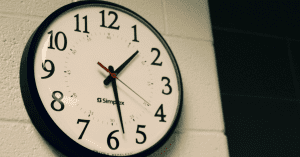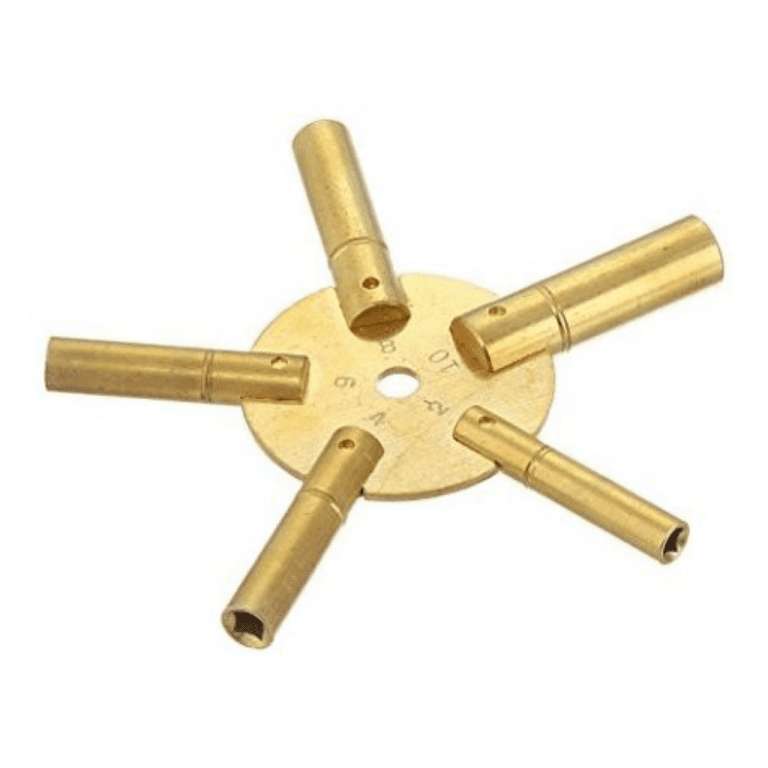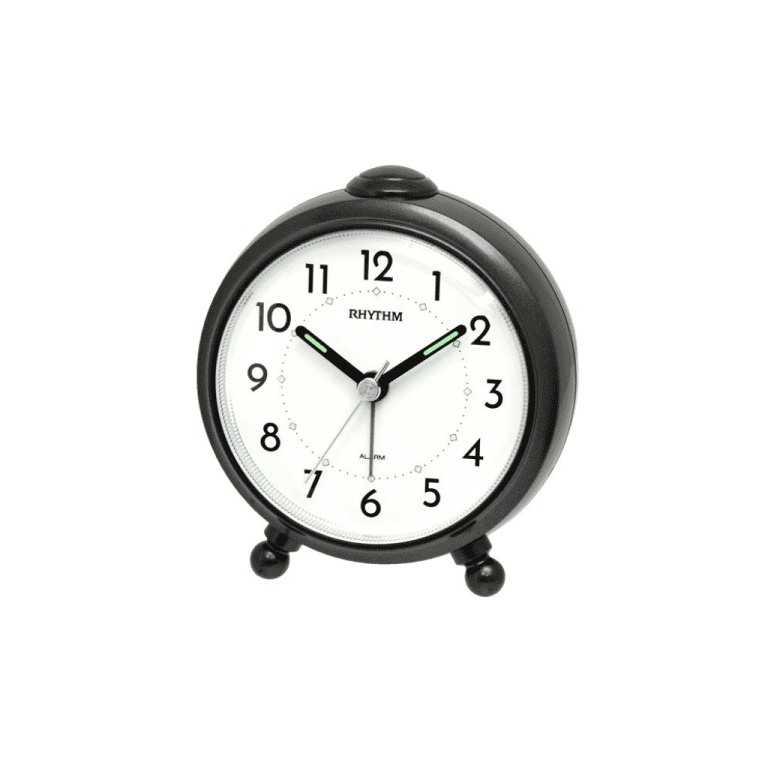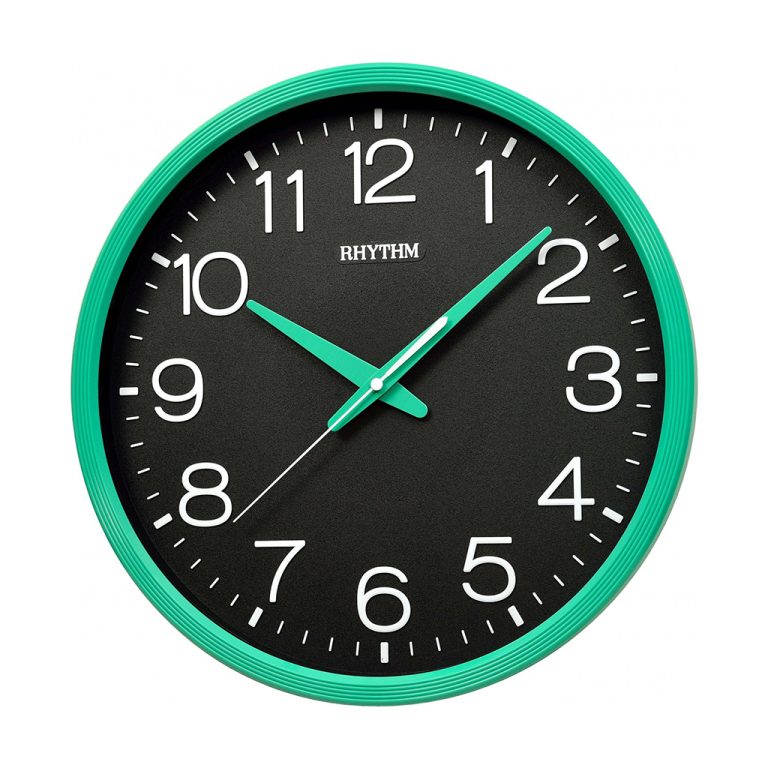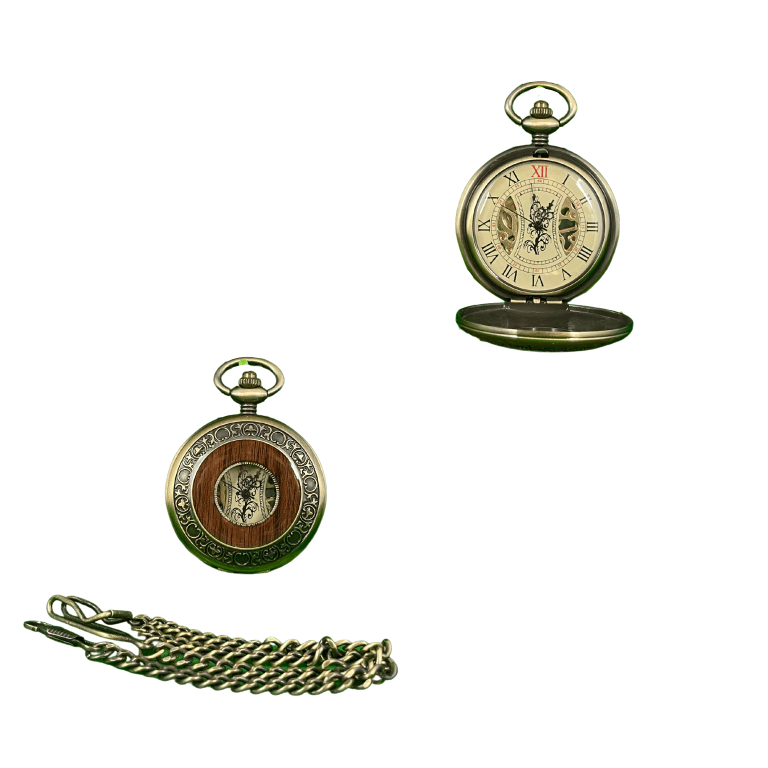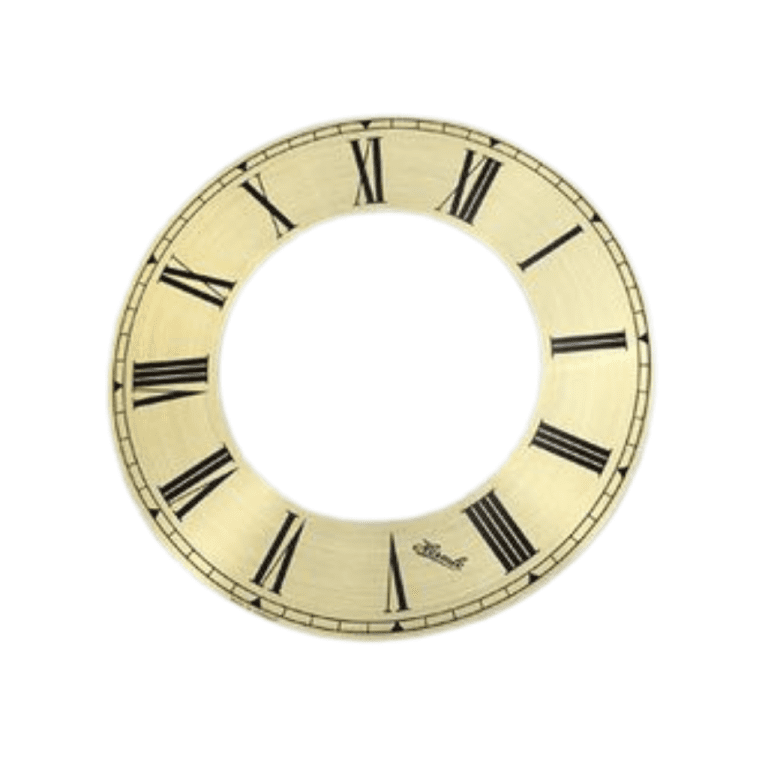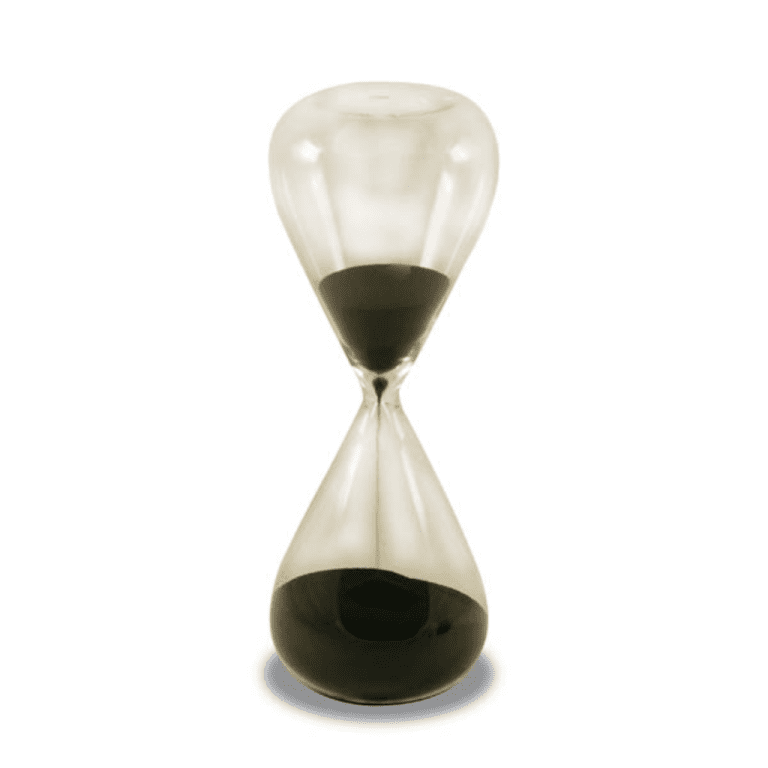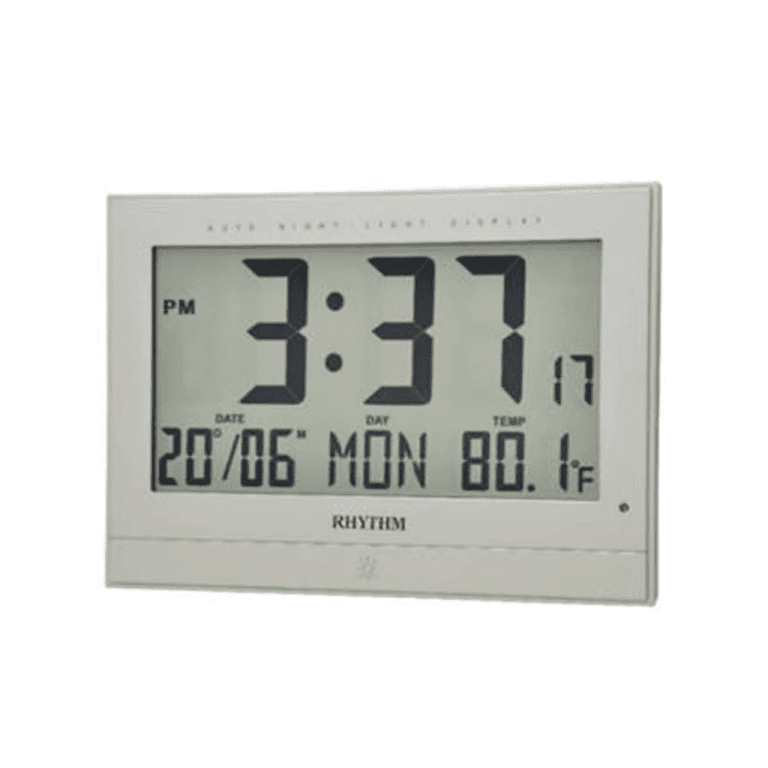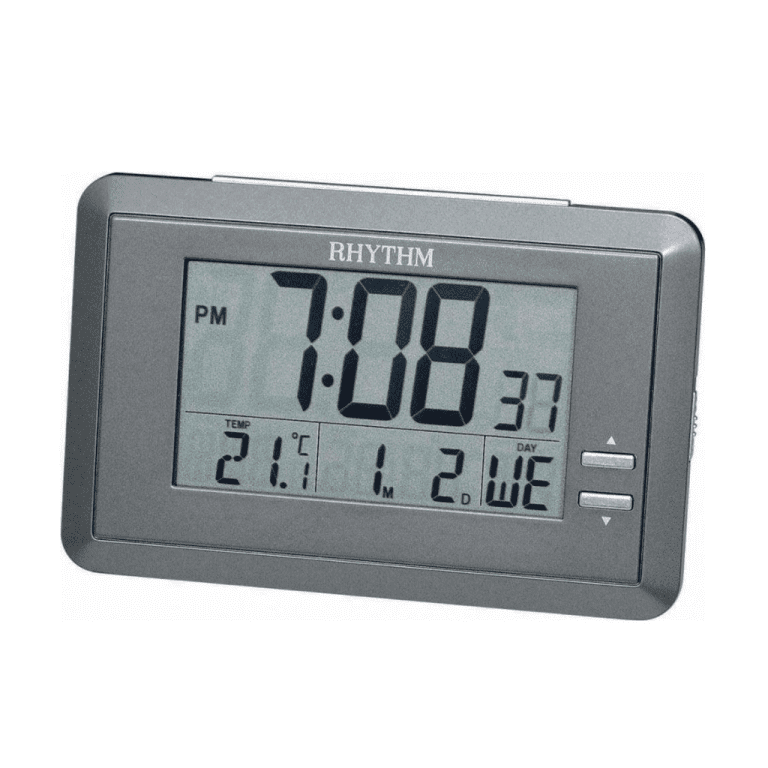Loved by nostalgia collectors, steampunkers and young fans of the retro style, pocket watches have a very special and unique charm. Here’s a look at their history – and revival – plus the most collectable brands and tips on how to wear yours.
Who could forget in Lewis Carroll’s novel Alice’s Adventures in Wonderland the White Rabbit, obsessed with the passing of time and always looking at his pocket watch? Carroll’s book certainly isn’t the only one in which this accessory appears, often present in Victorian literature and beyond.
Pocket watches have always had a particular charm and, after a long decline, are now making a comeback, even among the very young. They were the most common type of watch – as well as an integral part of men’s fashion – from their inception until after the First World War, when wristwatches grew in popularity. In fact, for soldiers at the front, during the Great War, wristwatches were much more practical than pocket watches as they were without the chain, which could be a hindrance, and left the hands free.
According to some sources, pocket watches were first produced in the early 1500s in Nuremberg, Germany by Peter Henlein. The earliest wearable watches were heavy, drum-shaped brass cylinders several centimeters in diameter. In size, they were somewhere between a table clock and a wristwatch today. Since they were heavy and square, they were generally worn around the neck on a chain, like a necklace. The first watches had only the hour hand, as the inaccuracy of the mechanism would have made the minute hand useless, which appeared only at the end of the seventeenth century.
In 1675, Charles II of England introduced the use of waistcoats and, to adapt to these pockets, the shape of the watches evolved into that typical of modern pocket watches, flatter and more rounded. In the seventeenth century, men therefore began to wear watches attached to pockets instead of around the neck as a pendant, while for women the watch remained a pendant until the 20th century.
Until the second half of the 18th century, pocket watches were luxury items. Towards the end of the century, however, they became more common and fairly inexpensive models for sailors were made, embellished with maritime scenes. Towards the end of the 18th century the so-called ‘anchor escapement’ was put into limited production, a movement system that represented a huge advance over the ‘verge escapement’ (or crown gear) that the mechanical escapement used initially, which didn’t allow great standards of accuracy. The anchor escapement allowed for more precise, lighter, cheaper and more durable gears.
In 1857, the American Watch Company of Waltham, Massachusetts introduced the Waltham Model 57, a pocket watch that used interchangeable parts, reducing manufacturing and repair costs. Many more pocket watches began to be produced and also became cheaper. In the latter half of the 1800s, the rise of industrial capitalism and the development of railways constituted a push for the regulation of time and led to the widespread use of pocket watches. In the same period, mass production and miniaturization allowed the creation of compact and precise watches, with an increasingly rich range of models available.
In the late 1800s, the Montre mystérieuse or ‘Mystery watch’ became famous , a clock in which movement was transmitted to the hands via an invisible gear, such as a transparent crystal wheel. It was invented by Hugues Rime, marketed by the French company Armand Schwob et Frères and produced in Switzerland in 1889.
In the early 1900s, the Cylindre remontoir was popular among women, a pocket watch invented in 1842 by Adrien Philippe. Pocket watches had a wide distribution until the 1940s, after which wristwatches began to spread more.
After a significant decline – due to the use of this new type of watches and, later, to the advent of mobile phones (often also used to check the time) – today, there seems to be a revival of pocket watches, dictated in particular by the love for nostalgia and vintage. These types of accessories have also been the protagonist of interesting auctions, as in the case of the pocket watch that belonged to Mahatma Gandhi, which sold for £12,000 in November 2020. Another example is Edgar Allan Poe’s pocket watch, put up at auction at Christie’s in 2019. This was a French pocket watch engraved in 18-karat gold, with a metal guilloché dial. It was offered in New York for a price between $80,000-120,000 and then sold for $250,000.
Credited to : https://www.barnebys.com/


